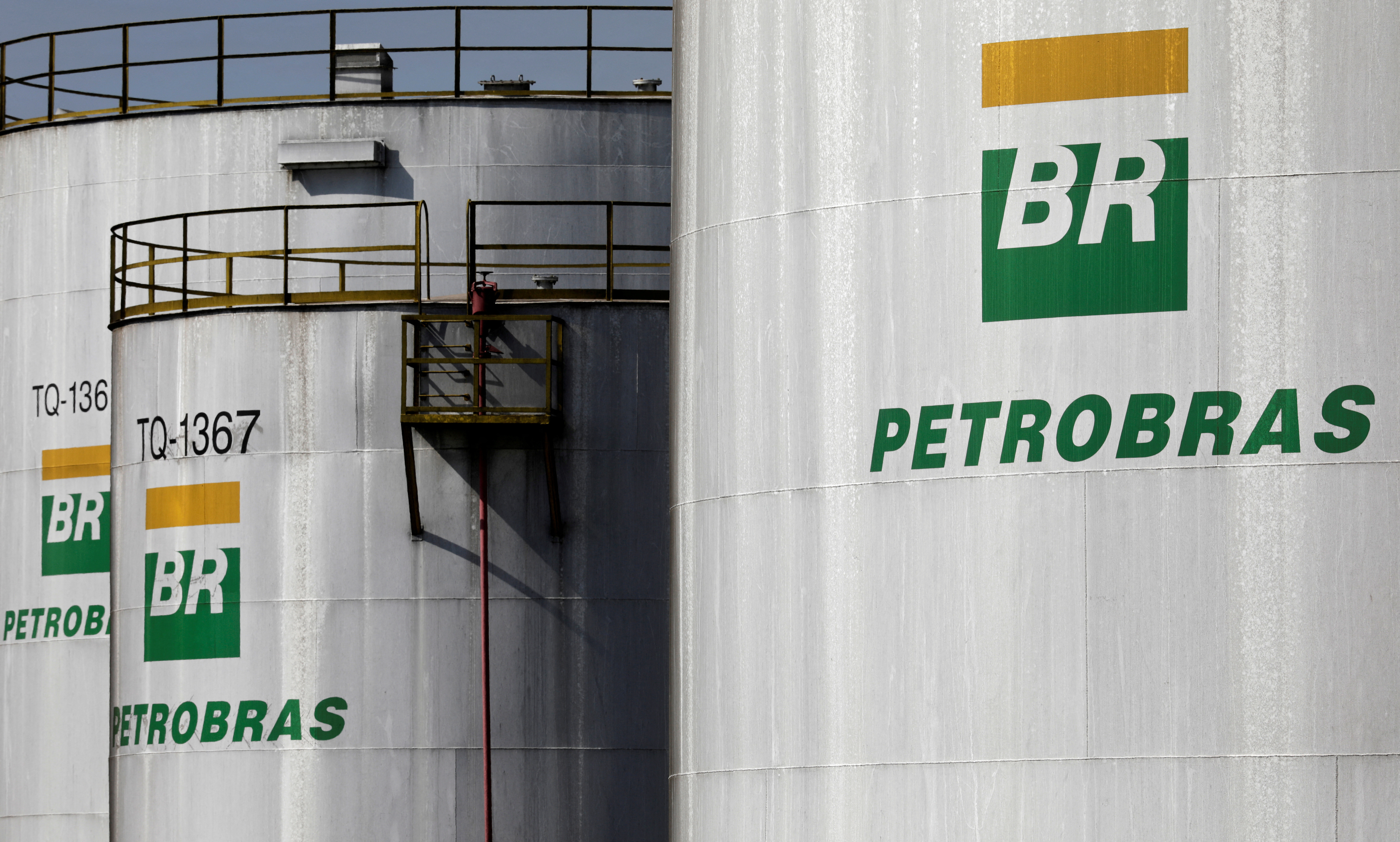
Petrobras (PBR:NYSE) will announce quarterly earnings, with analysts predicting EPS of $0.84 and revenue of $24.35 billion, crucial for insights into its financial and operational performance.
Recent quarterly performances show mixed results, highlighting the importance of this announcement in gauging Petrobras’s momentum, particularly in oil and gas production.
Despite production challenges like shutdowns, Petrobras reported increased production and operational efficiency, positively impacting its financial metrics and investor confidence.
On Monday, May 13, 2024, Petrobras (PBR:NYSE) is set to announce its quarterly earnings after the market closes, with Wall Street analysts predicting an earnings per share (EPS) of $0.84 and revenue projections of approximately $24.35 billion. This announcement is highly anticipated, as it will provide insights into the company’s financial health and operational performance.
Petrobras, a leading state-run energy giant from Brazil, has had a mixed track record in recent earnings, with performances surpassing and sometimes falling short of expectations. The upcoming report is crucial as it will reveal whether the company can maintain its momentum, especially in terms of oil and gas production, which has been a significant factor in its past financial outcomes.
In the first quarter of 2024, Petrobras is expected to report a profit of 84 cents per share on revenues of $24.6 billion, according to the Zacks Consensus Estimate. This forecast comes after a period of fluctuating performances, where the company exceeded the Zacks Consensus Estimate in two of the last four quarters and missed in the other two, averaging an earnings surprise of 2.8%.
In the last reported quarter, Petrobras notably outperformed expectations with earnings per ADS of $1.27 and revenues of $27.1 billion, surpassing the consensus estimates. This success was largely attributed to an increase in oil and gas production, highlighting the company’s operational efficiency and its ability to leverage its resources for financial gain.
Petrobras has reported a significant increase in its first-quarter production, with a 3.7% rise from the previous year, reaching approximately 2.78 million barrels of oil equivalent (boe) per day. This increase in production, particularly a 4.4% rise in crude oil production to 2.24 million boe per day, is primarily due to the ramp-up of five Floating Production Storage and Offloading units (FPSOs) and the commencement of production from 19 new wells in the Campos and Santos Basin.
However, the company also faced a sequential decline in production of 5.4%, attributed to shutdowns, maintenance, and the natural decline of mature fields. Despite these challenges, the increase in contributions helped mitigate the impact of these declines.
The geopolitical landscape has also influenced Petrobras’s operations, with tensions in the Middle East affecting maritime freight transport routes and altering the flows of its oil exports. This situation underscores the external factors that can impact the company’s performance and the global oil market at large. Despite these challenges, Wall Street analysts remain optimistic about Petrobras, with an average brokerage recommendation (ABR) of 2.00, suggesting a buy.
This optimism is reflected in the company’s financial metrics, such as its price-to-earnings (P/E) ratio of approximately 4.49 and a price-to-sales (P/S) ratio of about 1.08, indicating that the stock may be undervalued relative to its earnings and reasonably valued in relation to its revenue. Additionally, the company’s debt-to-equity ratio of approximately 0.46 indicates a moderate level of debt, while the current ratio of roughly 0.96 suggests a balanced liquidity position. These financial indicators, combined with the company’s operational achievements, present a compelling case for investors considering Petrobras stock.

